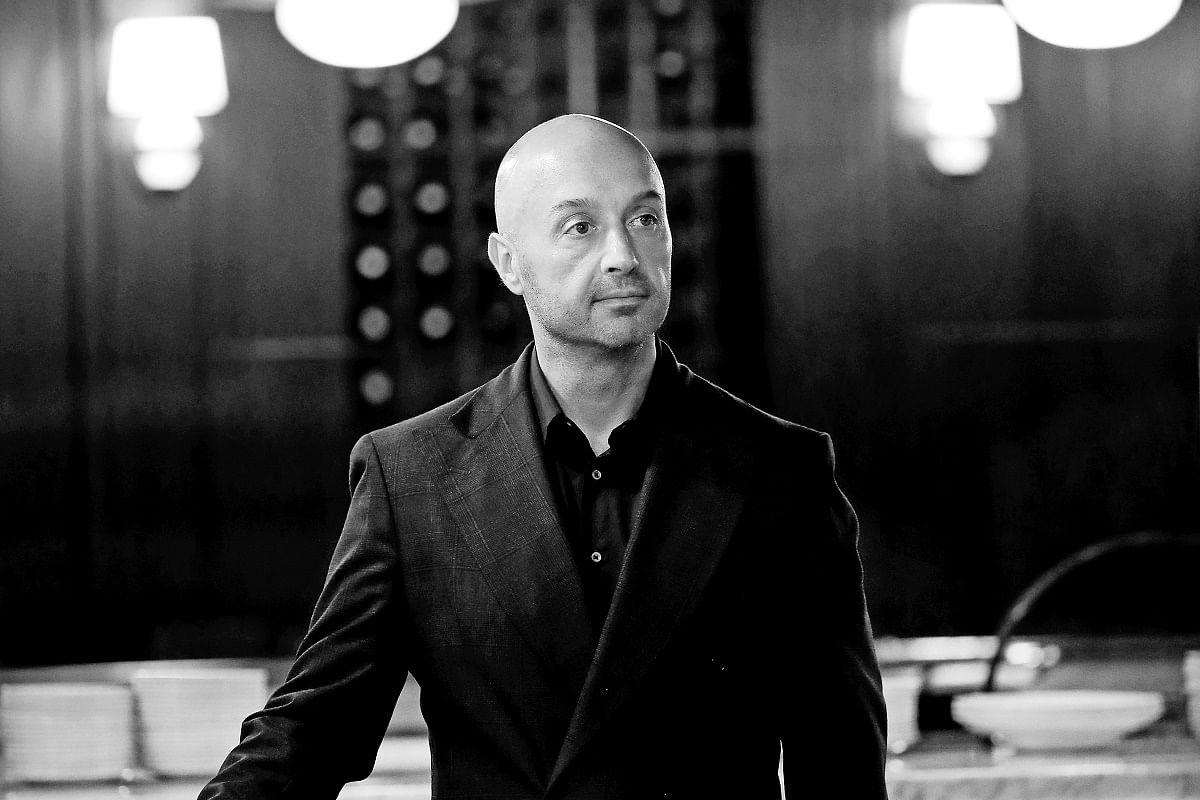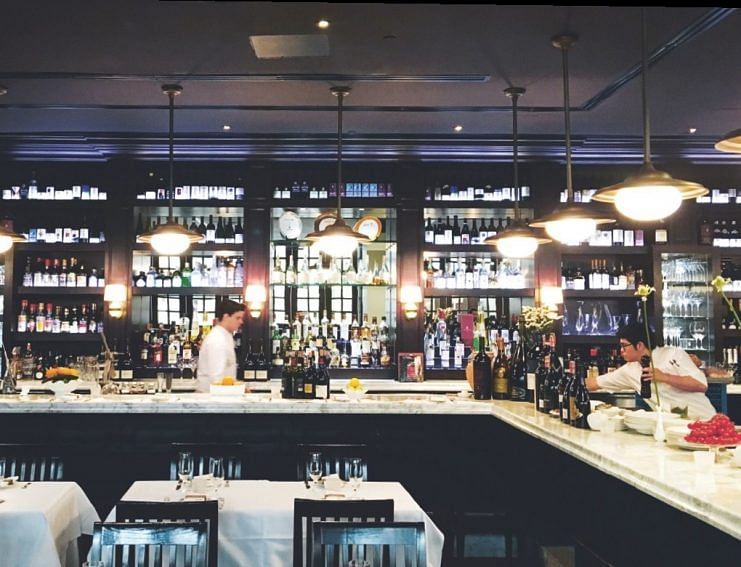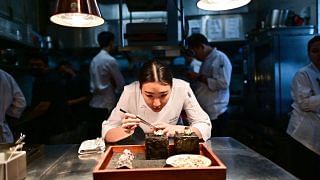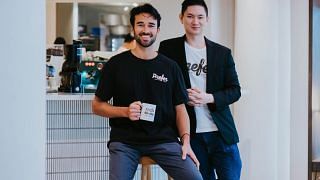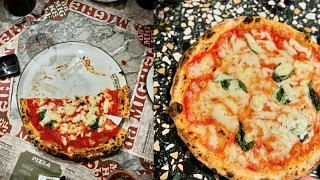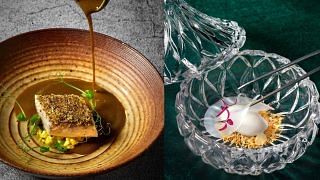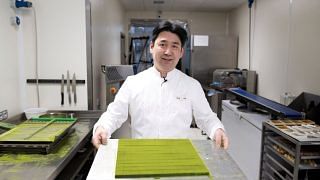[dropcap size=small]T[/dropcap]he conventional wisdom, according to Ol’ Blue Eyes anyway, is that if you can make it in New York, you can make it anywhere. By that exacting standard, Joe Bastianich – like fellow Italian-American Frank Sinatra – has well and truly got it made. Over the past 25 years, the author, TV host, food entrepreneur, winery owner and – just for good measure – marathon runner, has gone from opening a family-style restaurant with his mother and parlayed it into a food empire spanning various corners of the globe including, among other things, an eclectic group of restaurants (32 and counting).
Of course, it helps that his mother is celebrity chef and cookbook author Lidia Bastianich, the Italian Mama prototype who is also a partner in several of his ventures. Having ‘Molto Mario’ – American chef-restaurateur Mario Batali – as a long-time business partner doesn’t hurt either. Together, they preside over a number of New York City’s most popular Italian restaurants, including Babbo, Lupa, Del Posto and more recently, La Sirena.
Yet these places pale in comparison to Eataly, a mega food hall concept that is the largest Italian marketplace in the world, originally started in Italy and expanding faster than you can say “Mama Mia”. Mr Bastianich and Mr Batali have teamed with founder Oscar Farinetti to open a chain of Eatalys in the U.S. and abroad, with more locations on the horizon.
Mr Bastianich, 48, was born in New York but travels frequently to his spiritual home in northern Italy where he owns an eponymous winery (plus two others) and – given his penchant for multi-tasking – is a host of both MasterChef Italia and car show Top Gear Italia. He was in town recently to check on Osteria Mozza and Pizzeria Mozza, the Singapore outposts of the Italy-in-California concept that he shares with chef Batali and chef Nancy Silverton.
(RELATED: Read why Osteria Mozza bagged an Award of Excellence in our G Restaurant Awards 2016.)
Italian restaurants are in your blood. You grew up in your parents’ restaurants in Queens and later helped out at Felidia, a New York institution (open since 1981), although your first job was as a bond trader on Wall Street. You haven’t looked back since you opened your own eatery Becco in 1993. It’s been some ride.
Mine is an immigrant story. My parents came to America very poor and worked in the food industry: my father was a waiter and my mother worked in a bakery. In the late-60s, early-70s, the restaurant business was a very blue-collar job and I was embarrassed to tell my friends what my parents did. You didn’t go home after school, you went straight to the restaurant to work. I would fall asleep on a bag of flour, wake up and go back to school.
Now, the industry is media-driven and over the past 40 years the transformation has been monumental. It’s not just about serving people anymore, it’s about entertaining them.
You and Mario Batali have been business partners for 20 years. How has the relationship worked so well for so long?
He’s the cook, I’m the waiter. We buy stuff, we fix it up and we sell it for a profit. Once it’s not that anymore, I’m out. After 20 years, you have your clearly-defined roles, you pick your fights. We try to offer an authentic Italian experience, allow customers to take a trip there without having to leave New York.
Over the years the margins have been squeezed: we’ve lost half of what we used to make – it used to be 20 percent. The cost of everything has gone through the roof, rents continue to rise and the labour market has been transformed. The whole equation of running restaurants is changing and it’s very difficult to make money.
How do you stay ahead of the game?
To be an entrepreneurial restaurateur in this day and age you have to think out of the box. For example, I once had an intern working with us and we’d send him out to buy cigars. He opened a small salad shop called Sweetgreen in Georgetown (Washington, D.C.) and now ten years later, it’s a chain of 250 outlets and about a billion-dollar valuation.
The traditional model of how many people work in a restaurant has to be re-evaluated. Babbo (opened in 1998) had four sommeliers in a 90-seat restaurant – that’s all changed because of labour litigation. Eataly is another game-changer – there are 40 in the world right now and more to come.
You already run a massive food business. In your spare time you’re a television host, play electric guitar and participate in Ironman triathlons. What’s next on the agenda?
I have a lot of energy and I like to be creative – doing TV, writing music and theatre, trying to figure out where the next step’s going to be. There’s a real move towards providing value and quick-service restaurants, which are taking a big chunk out of traditional dining. Ostentation is out the window.
What was it like growing up in an Italian-American household?
My father was old school, he adhered to the concept that in the restaurant business to save a dollar is to make a dollar, that it’s a business where the margin is in nickels and dimes. My mother has that Italian mama sensibility, along with great media savvy – she’s been on TV in the US for 25 years. We still have dinner every Sunday at my mom’s house and my grandma Nonna Erminia (97 years old) is a frequent star of my Instagram account.
What advice do you have for budding restaurateurs?
If you have a million dollars, you should burn it in the street rather than open a restaurant – at least you’ll have a fire.
This story first appeared on Business Times Lifestyle.



